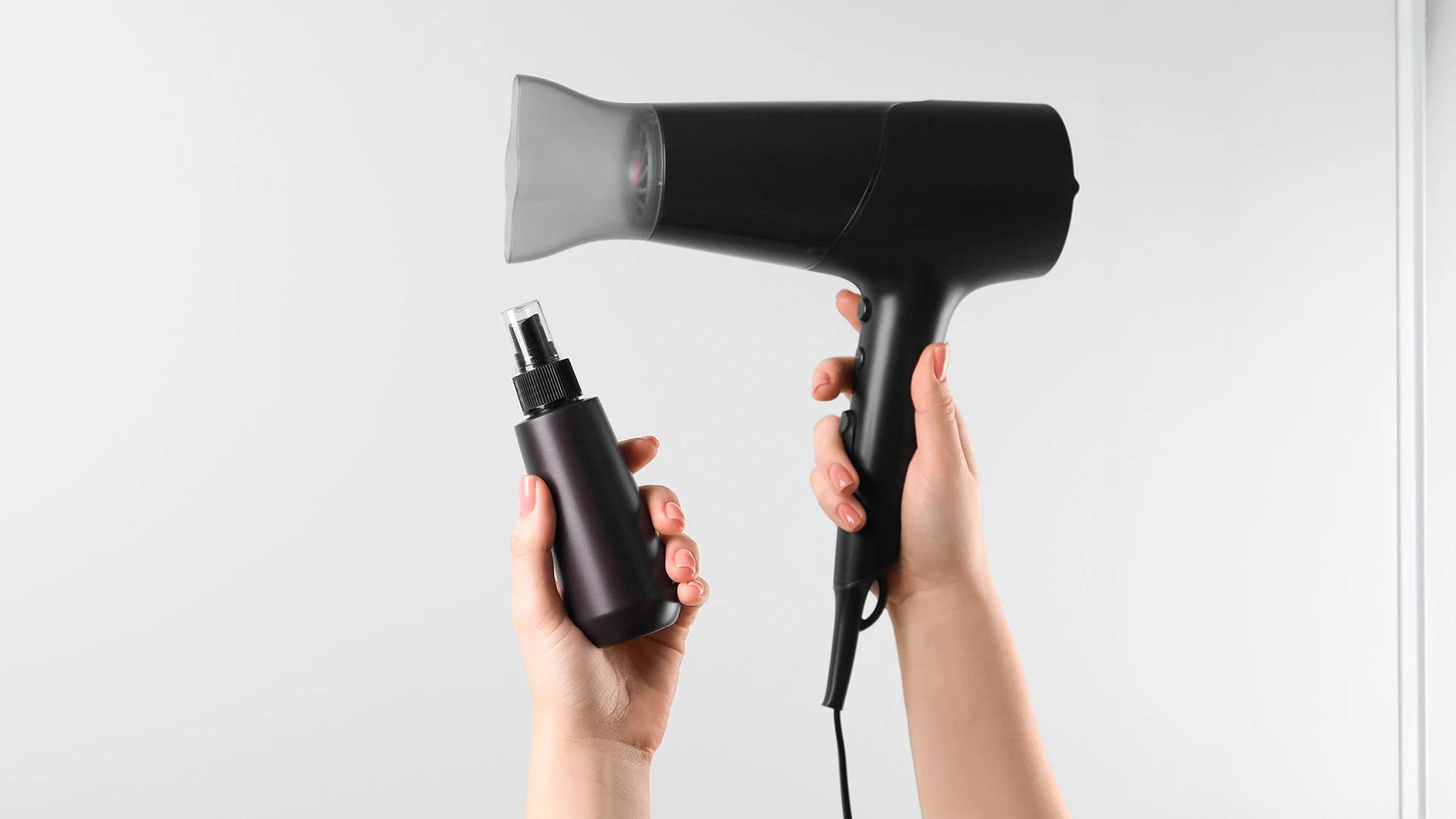Embroidery might sound intimidating, but basic stitches can create stunning results. Start with simple lazy daisy stitches for flower petals and French knots for centres. Use embroidery floss in colours that complement your fabric choice. Small scattered flowers look sweet and delicate, while a bold central motif makes more of a statement. The beauty of hand embroidery is that slight imperfections add character.
Age-Appropriate Styles for Different Occasions
Not all hair band styles work for every age or occasion. What looks adorable on a five-year-old might not suit a working professional, and vice versa. Let's break down what works where, so you can create the perfect accessory for any situation.
Cute Hair Accessories for Toddlers and Young Girls
Safety comes first with little ones. Avoid small beads or decorations that could come loose, and make sure elastic isn't too tight. Soft fabrics like cotton jersey are gentle on delicate skin. Bright colours and fun patterns – think polka dots, stripes, or cartoon prints – are usually winners. Wide bands distribute pressure better than thin ones, making them more comfortable for extended wear. Consider making matching sets with hair scrunchies or hair ribbons for that coordinated look kids love.
Elegant Hair Bands for Teens and Women
For school or work, think sophisticated neutrals and subtle textures. Fabric headbands in navy, black, or earth tones pair beautifully with uniforms or professional attire. Metallic threads or subtle beading can add interest without being distracting. For evening wear, you can go bolder with jewel tones, metallic fabrics, or more elaborate embellishments. Wide bands work well for keeping hair neat during study sessions or long work days.
Care and Maintenance of DIY Hair Bands
You've put effort into creating these gorgeous pieces, so let's make sure they last. Proper care keeps your handmade hair styling accessories looking fresh and extends their lifespan significantly. The good news is that most DIY hair bands are pretty low-maintenance.
**Washing Instructions:**
Hand washing is gentlest, especially for embellished pieces. Use cool water and mild detergent, then gently squeeze out excess water – never wring or twist. For plain fabric bands, you can usually toss them in with your regular laundry using a delicate cycle. Always air dry to prevent elastic from breaking down or fabric from shrinking.
**Storage Tips:**
Store flat or loosely rolled to maintain shape. A drawer divider or small box keeps them organised and prevents tangling with other
hair care
